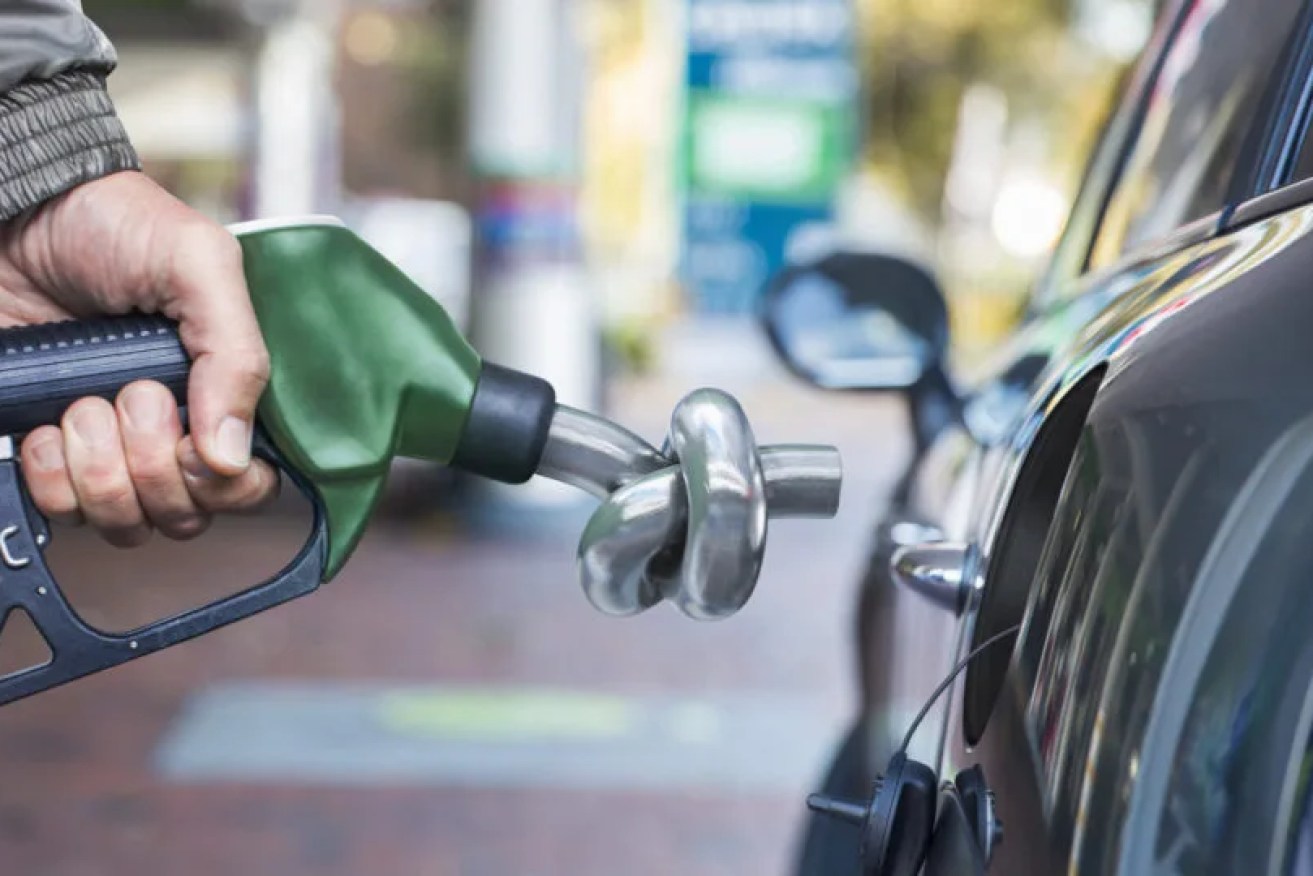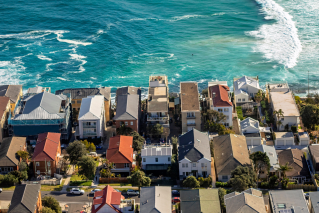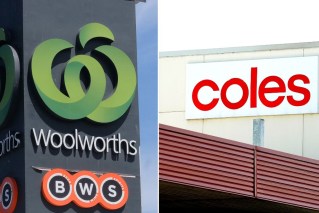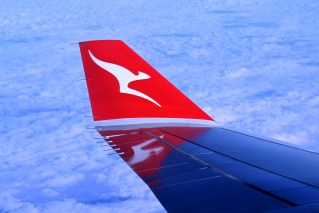Petrol prices hit $2.30 in Brisbane, with little relief in sight


The nationwide bowser squeeze shows no signs of abating, the latest data shows. Photo: AAP
Many Australian motorists are paying $2.30 a litre for petrol as the latest bowser squeeze goes from bad to worse in Brisbane, with motorists in Melbourne and Sydney also struggling.
MotorMouth figures show average petrol prices soared to $2.30 a litre across Brisbane on Sunday as bowsers reached the high point of the market cycle.
Those record prices are being felt in Sydney too, where despite peaking at $2.20 a litre on average more than two weeks ago, petrol prices have only come down to $2.06 a litre.
Melbourne motorists are still paying $2.14 on average, with bowsers having only fallen 10 cents a litre in the past fortnight.
The data shows east-coast market cycles, which typically deliver huge swings in petrol prices on a regular basis, are shallowing out as high oil prices and a depreciated Australian dollar combine to squeeze motorists at the bowser.
It means discerning consumers who try to purchase petrol at the bottom of the market are going without relief, with the peaks squeezing motorists that take prices as they are hurt even more.

Source: MotorMouth (click to enlarge).
Motorists in other capitals across the country are also paying more, though it’s not as bad.
Average petrol prices in Adelaide hit $1.96 a litre on Sunday, according to MotorMouth data, while prices are hovering about $2.12 in Canberra (on average).
In Perth, where petrol prices are regulated on weekly cycles, bowsers have ranged between $2.22 on average late last week to a low of $1.95 on Sunday, MotorMouth says.
Motorists in Darwin are paying $2.06 a litre on average at the moment, up about 16 cents per litre (cpl) over the past month.
Little relief in sight
Experts see little relief from sky-high bowser prices heading towards Christmas, largely because major oil-producing firms in the Middle East and North America are holding oil supplies back from global markets that had already been heavily disrupted by war in Ukraine.
Brent crude prices futures have risen to $US93 ($147) a barrel lately, which is much higher than the $US72 ($107) a barrel price prevalent in June after OPEC+ cut its daily oil production.
A recent depreciation in the Australian dollar hasn’t helped either, because Australia imports most of its refined petrol from Singapore.
One Australian dollar is only buying about US64 cents these days.
The federal government has come under pressure to cut fuel taxes, at least temporarily.
But last week Treasurer Jim Chalmers ruled out any change.
“We’re doing [cost-of-living relief] in a way that takes some of the edge off inflation rather than adding to it,” Chalmers said.
“Petrol prices have come up. That’s largely a consequence of a global shortfall. The oil producers have cut back, and when they do that, there are issues with supply and that pushes the price up.”
As covered previously, the former government’s fuel tax cut came under criticism after it emerged that oil companies had failed to pass on enough savings to motorists in regional areas.
















